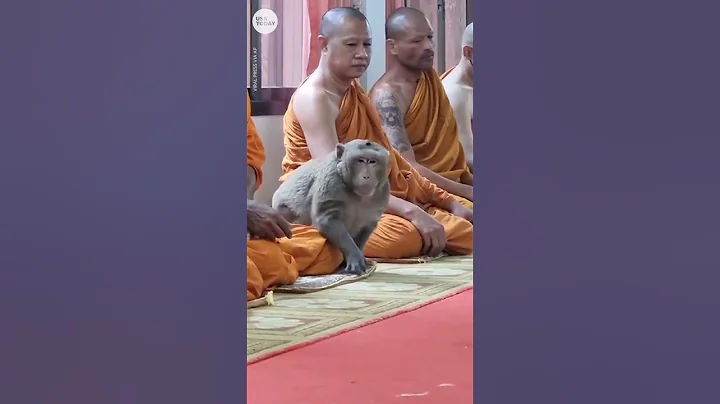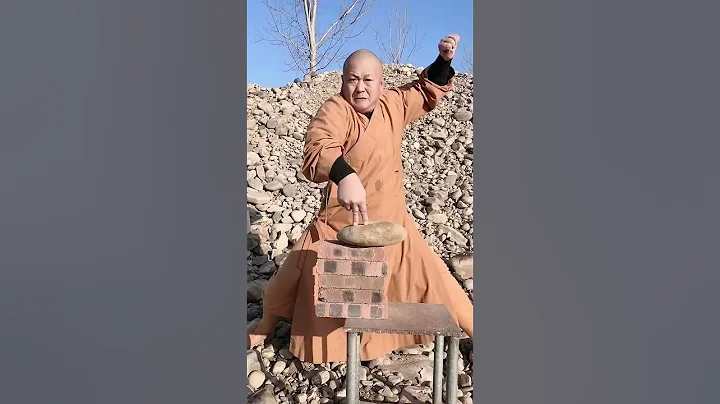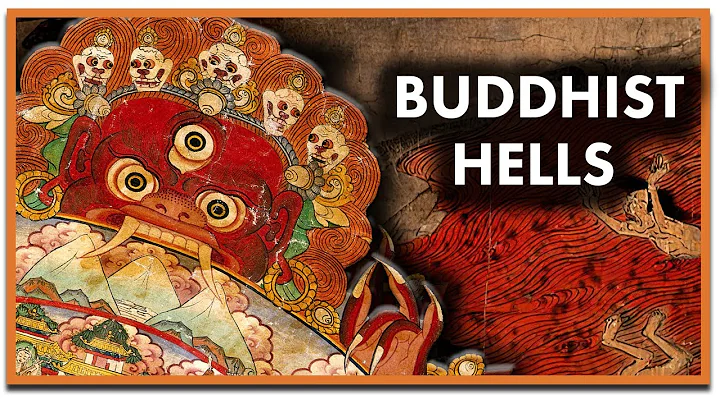When we enter a Buddhist temple, we usually pass by the mountain gate first. Sometimes we encounter situations where the temple does not have a separate mountain gate. Occasionally we hear the term "three gates" instead of "mountain gates". What exactly are these? What's going on?

In front of the mountain gate of Jiuhua Mountain Ksitigarbha Zen Temple
In fact, there are two explanations for the mountain gate. One refers to the gate of the temple. Because most of the temples are built in mountains and forests, they are called mountain gates. The second refers to the temple as a whole. For example, when chanting during the morning dedication ceremony, "The mountain gate is clean and there is no danger of danger." Another example is "Feasting at the mountain gate" and "Yongzhen mountain gate." The mountain gate in these words refers to the temple as a whole.
At the same time, the mountain gate is sometimes also called "three gates". This name originated from the period of Emperor Ming of the Han Dynasty when Buddhism was first introduced to China. Initially, only the imperial palaces could have three doors, and other official and civilian residences were not allowed to have three doors.
White Horse Carrying Sutras, Dafa came from the East. When Emperor Ming of the Han Dynasty first built the White Horse Temple, it also had three gates to show his respect for Buddhism. Later generations often used the Buddhist three doors of liberation of "emptiness", "no form" and "no action" to explain this tradition.

Shuangguitang Laoshanmen
The so-called three doors of liberation are three wisdom doors to enter the realm of liberation:
1. The door of emptiness liberation It is said that all dharmas are born from the harmony of causes and conditions, and the nature of nature is empty, without self and self. Therefore, one can be at ease with all dharmas.
2. The door of formless liberation It is said that since we know that all dharmas are empty, it is impossible to observe the differences between men and women. If we can understand that all dharmas are formless, we will be at ease.
3. The door to liberation without doing Wuzu is also said to have no wish, which means that if you know that all dharmas have no form, then you have nothing to wish for in the three realms; if you have no wish to seek, you will not create the karma of life and death; No pain of retribution, but freedom.
When we enter the temple from the mountain gate, it symbolizes the transition from the secular world to the path of Bodhi, which can transcend the ordinary and become holy, and turn confusion into enlightenment. When Buddhist practitioners enter a temple, they should leave their habits outside the temple gate and practice with concentration. If we hope to be liberated from the shackles of troubles, pain, and karma, we must personally practice and realize emptiness, formlessness, and wishlessness.

Nanyue Hengshan overlooking Fuyan Temple
In addition, the three gates can also represent wisdom, compassion, and convenience, the three methods of liberating troubles, or the three stages of practice of faith, understanding, and practice.
When we go to different temples, we will find that the mountain gates exist in different forms in different jungles: some temples have separate mountain gate halls, and there are two large Secret Vajras (Yeyi God holding a vajra to guard the Buddha and Bodhisattvas). , commonly known as " hum ha two generals " in the world, this is a joke in the novel "Fengshen Romance", which is not enough evidence; some mountain gates are built at the corner of the mountain road or even at the beginning of the mountain, with a certain distance from the temple; some mountain gates are It is integrated with the Tianwang Palace and does not have an independent mountain gate. There is no need to be surprised when we encounter these different situations when we visit monasteries.
Picture source丨Ten Wishes Encyclopedia
Photography丨Miao Chuan, ghosting

















![[English] Who Am I - Lecture 1 - Ven. Guan Cheng - DayDayNews](https://i.ytimg.com/vi/KU0fUs2It5o/hq720.jpg?sqp=-oaymwEcCNAFEJQDSFXyq4qpAw4IARUAAIhCGAFwAcABBg==&rs=AOn4CLDFpQUN_QwRfC7bmP4sUadq-RcYdg)
![A Moving Masterpiece 清明上河图 [English narration] - DayDayNews](https://i.ytimg.com/vi/kxff-4GktOI/hqdefault.jpg?sqp=-oaymwEcCOADEI4CSFXyq4qpAw4IARUAAIhCGAFwAcABBg==&rs=AOn4CLBtHGLeUpJNCYDJYnZTuISQ1N5Vag)


